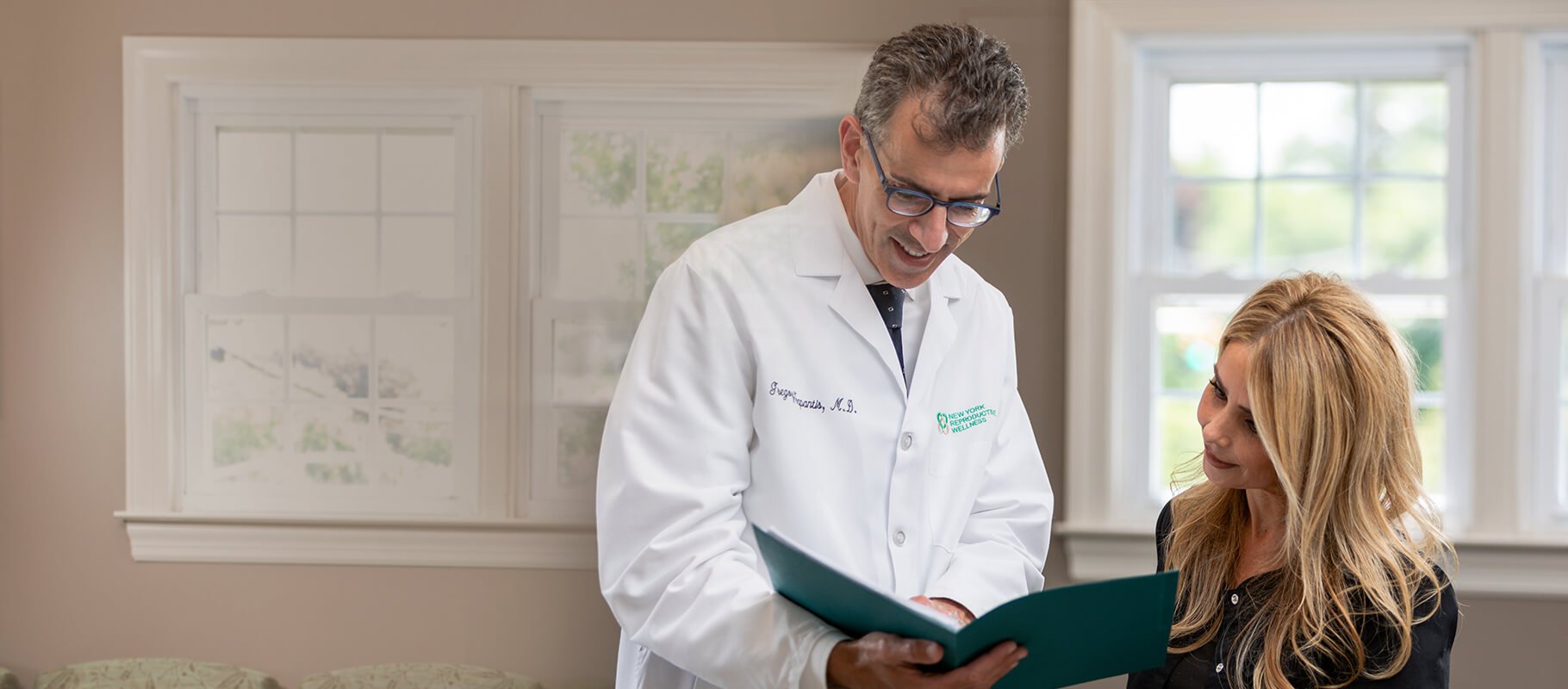How to Use an Ovulation Calendar

Some women seem to be able to conceive a pregnancy without really trying, while others have to work at it. If you are in the latter category, an ovulation calendar is one of the tools you may find helpful. The window for an egg to become fertilized is relatively narrow and an ovulation calendar can help pinpoint the best times for intercourse. At New York Reproductive Wellness, we recommend the use of ovulation calendars.
How Ovulation Works

Ovulation is a normal part of the healthy menstrual cycle. Once a mature egg is released from the ovary it travels down the fallopian tubes into the uterus. In most cases, only one egg is released each month and it lives no more than 24 hours after it leaves the ovary, while sperm can live up to five days in the reproductive tract. Given the very short lifespan of the egg, timing is of the essence when you're trying to conceive. If not fertilized, the egg is washed out of the body with the menstrual blood and the next opportunity for conception will be about 28 days later.
Measuring the Menstrual Cycle
The average length of the menstrual cycle in a healthy woman is 28 to 32 days. The timing can vary, however, and some women have irregular cycles. Nor does ovulation occur every month; it may even happen on different days of the cycle from one month to the next. If you are ill, under stress or experiencing major disruptions to your normal life routine, you may find your menstrual cycle becomes less regular. If you have regular menstrual cycles, ovulation will usually occur between the 11th and 21st day of your cycle, counting from the last day of the menstrual period.
What's an Ovulation Calendar?
The purpose of an ovulation calendar is to pinpoint the most likely fertile period. You can use a paper tool or one of a variety of online ovulation calculators and apps. To use an ovulation calendar, you enter the first and last day of each menstrual period. You should also track other symptoms, like your body temperature (temperature rises slightly just after ovulation occurs) or the condition of the cervical mucus. Tracking multiple symptoms increase the chances that you can identify the actual date when you ovulate.
How to Promote Conception with an Ovulation Calendar
Once you've identified the most likely days for ovulation based on the ovulation calendar and other symptoms, it's important to have intercourse several times to maximize the odds of conception. The best way to promote pregnancy is to have intercourse the day before and day of ovulation as well as the day after. Given the differences in viability for the egg and sperm, this pattern maximizes your chances of conception. At New York Reproductive Wellness, we can teach you how to use an ovulation calendar and check for other symptoms of ovulation. Please contact us to schedule an appointment. We also offer other fertility services like artificial insemination and in-vitro fertilization.







